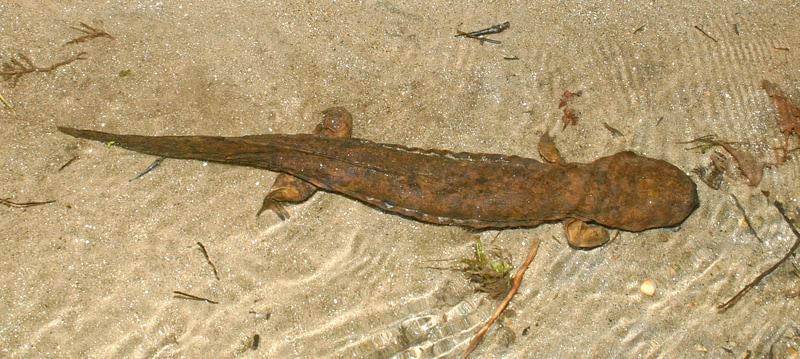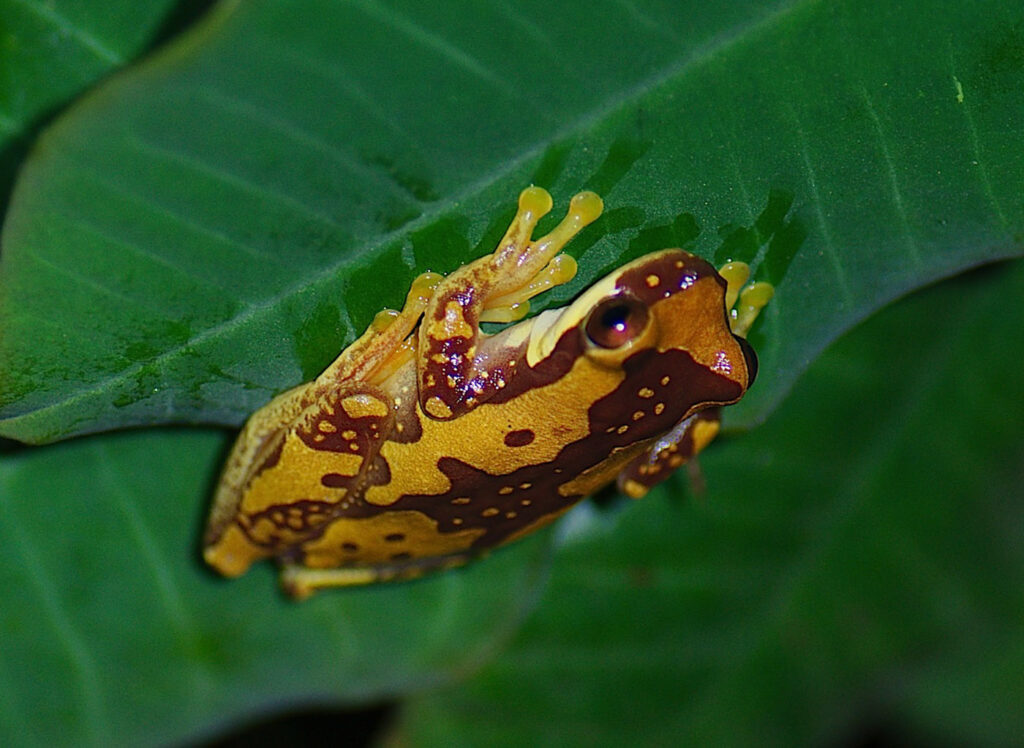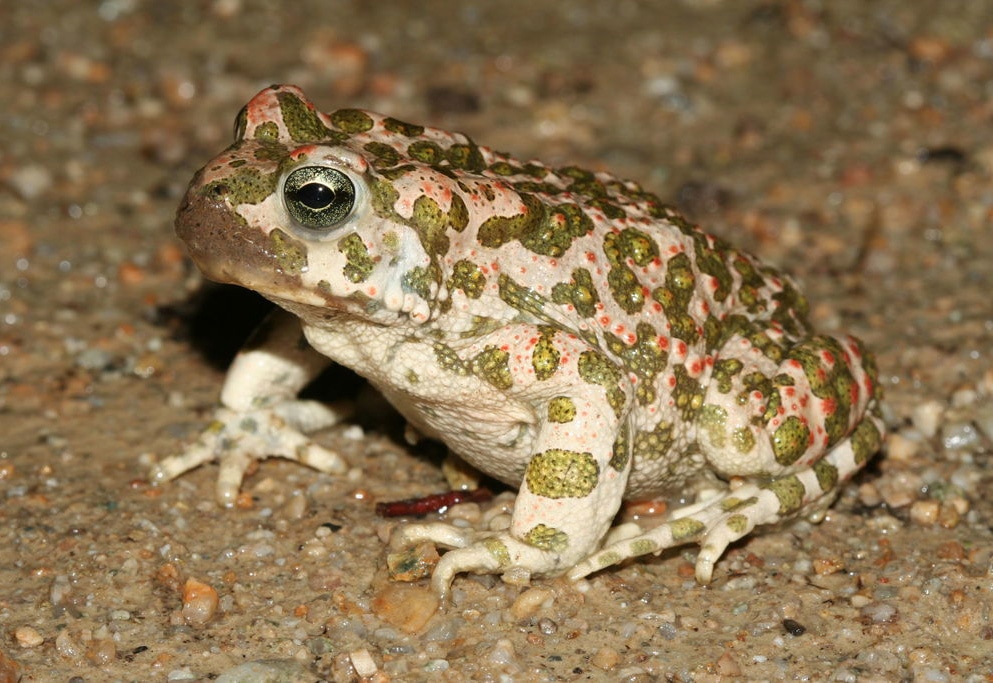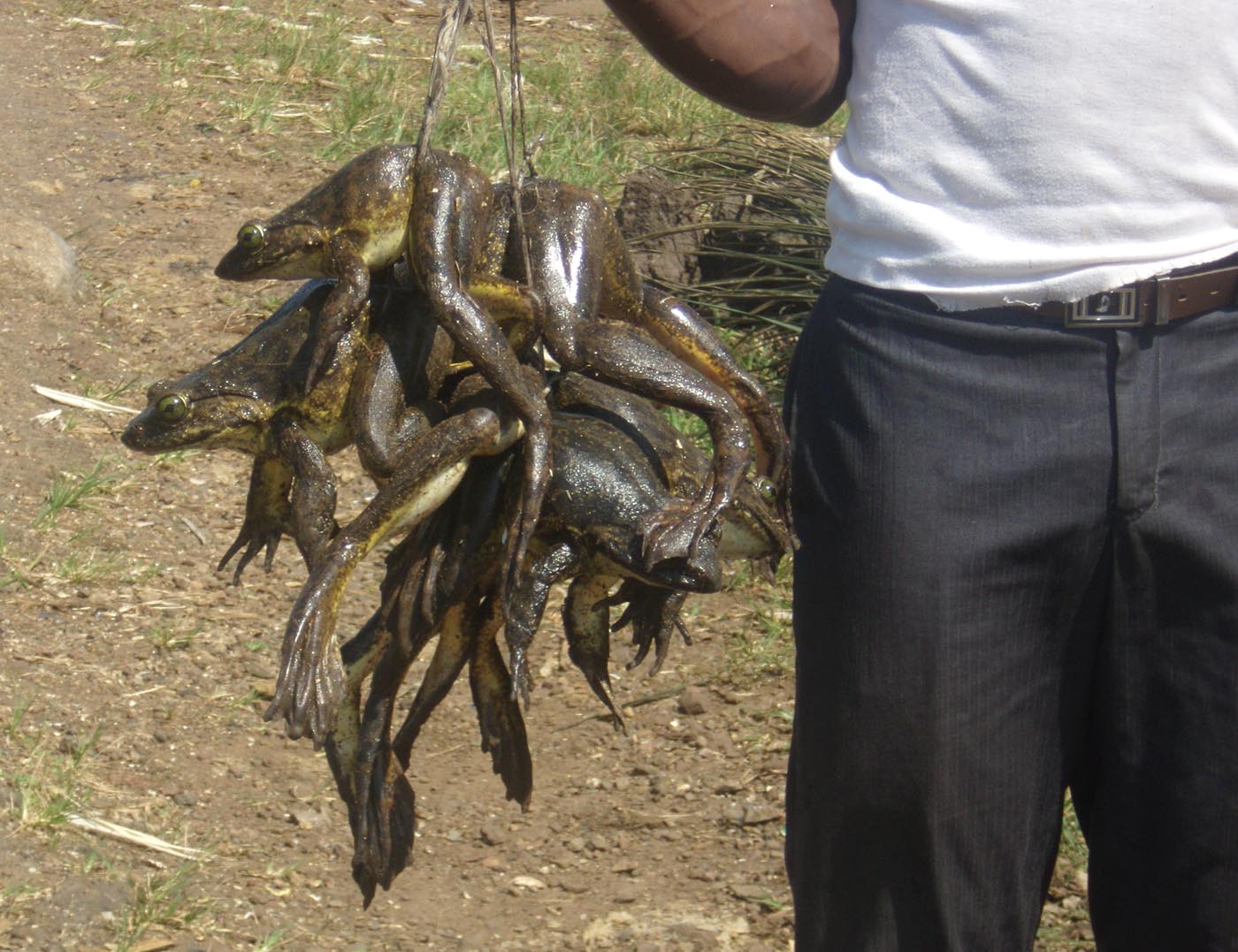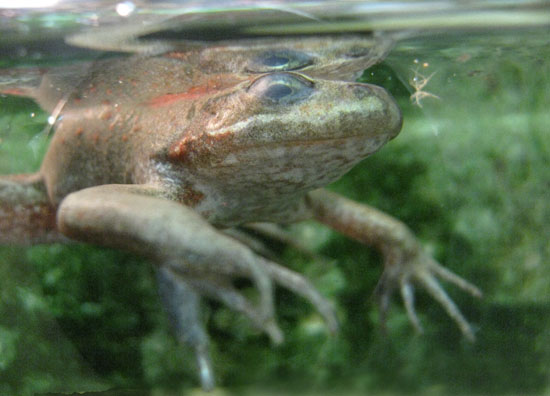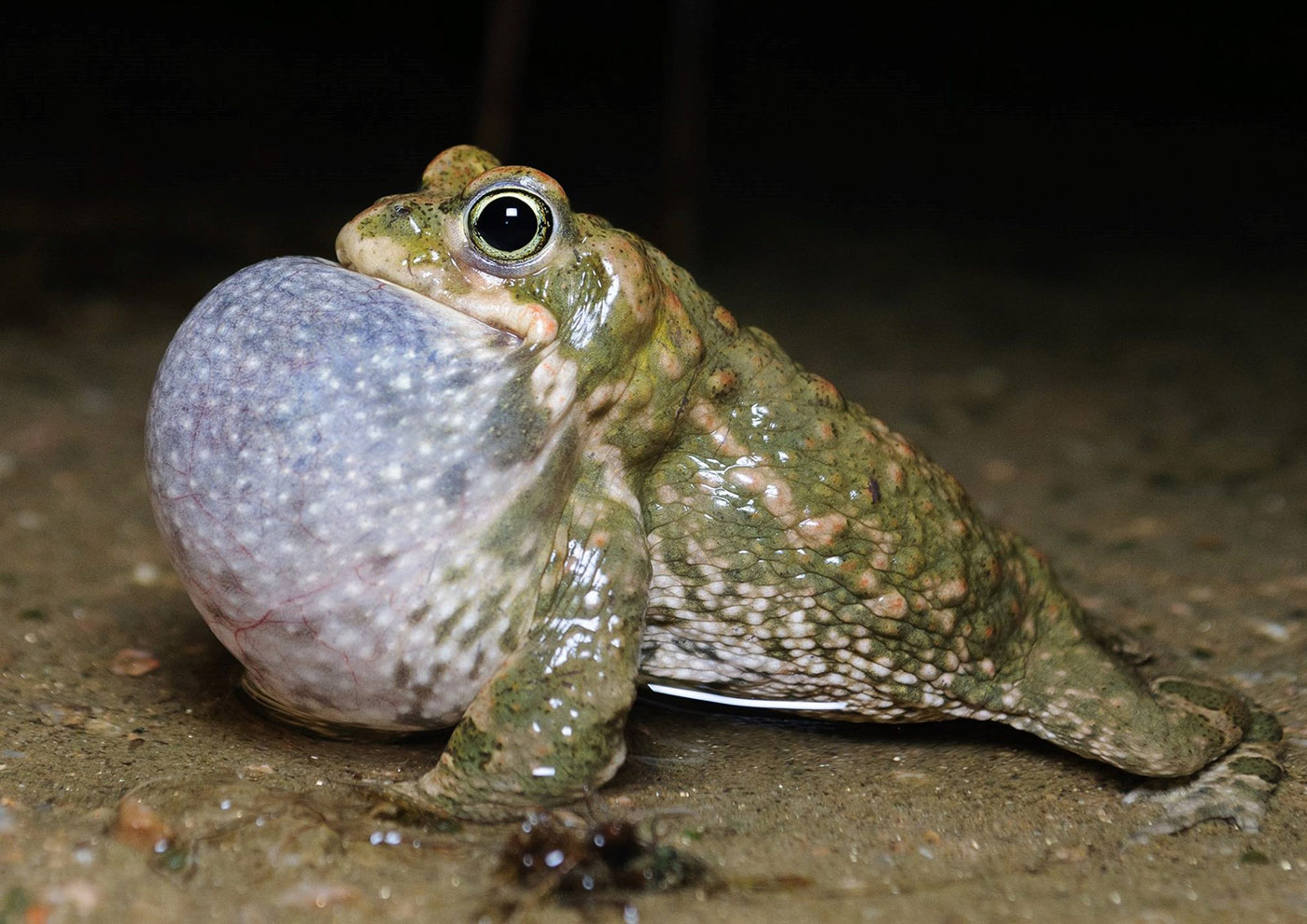Introduction
Salamanders are unique amphibians, looking like a hybrid between a frog and a lizard. They typically feature limbs and a tail, and though they look very similar to lizards, they have permeable skin with no scales. Salamanders often live part of their lives in the water. Unlike frogs and toads, which often congregate and call around waterbodies, salamanders can remain hidden from view much of the time, and thus are lesser known to most people. Introducing the Hellbender Salamander (Cryptobranchus alleganiensis).
Hellbenders are fully aquatic animals. For the most, hellbenders part do not use their lungs; instead they breathe dissolved oxygen through their permeable skin, similar to how many species of frogs that live in high mountain streams. Hellbenders are the largest amphibian species in North America, often attaining length of 20 inches or more. They tend to have rugged mud-colored skin, diminutive eyes, and a flat head.
The Eastern Hellbender (Cryptobranchus alleganiensis alleganiensis) can be found across much of the eastern and Central USA, while the the Ozark Hellbender (Cryptobranchus alleganiensis bishopi) can be found throughout southern Missouri and northern Arkansas.
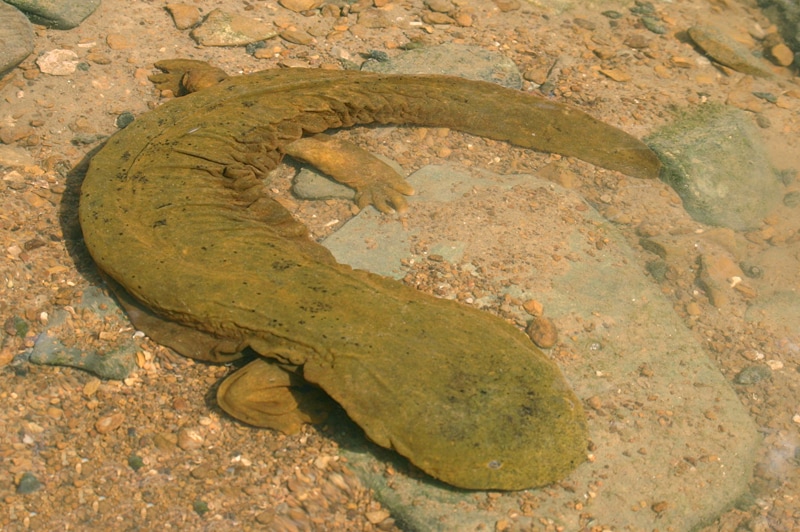
Hellbender photos on this page are courtesy of Todd Pierson. You can find more great photos of Eastern Hellbenders here.
Hellbender salamanders mainly eat crayfish and invertebrates, and rely on their sense of touch and smell to catch their prey. These animals are nocturnal and are usually found under rocks on riverbeds during the day. The males have the tasks of making the nests, fertilizing the eggs, and protecting them until they hatch.
Hellbenders spend all their time in streams and breathe through the pores of their skin; as such, they are threatened by water pollution. Another threat they face is the misperception that Hellbender Salamanders are venomous, leading to people unnecessarily kill them when seen or captured. Another threat to this species is the chytrid fungus (Batrachochytrium dendrobatidis), which can present skin illness to a wide array of amphibians. Since the fungus can spread through the water and mud, it is recommended that you clean off footwear between destinations to avoid the risk of spreading infections to Hellbenders.
Amidst the decline in population, there are conservation efforts in progress to assist Hellbenders populations. In a partnership between the Bronx, Buffalo and Seneca Park Zoos in New York and the Seneca Nation of Indians, one project has focused on raising these salamanders in captivity, where there is less risk of getting eaten or of death in general. Hundreds have been released into the wild since 2011, and the project helps to raise awareness of the threats Hellbenders face.
Amphibians such as Hellbenders are essential to the food chain, where a small change can cause a big difference. The balance of organisms in the environment is just part of that fine-tuning the ecosystem needs to thrive. Good ways to help the Hellbenders are protecting their habits, limiting fertilizer use to decrease storm runoff of pollutants, and spreading awareness about their harmlessness on social media and other platforms.
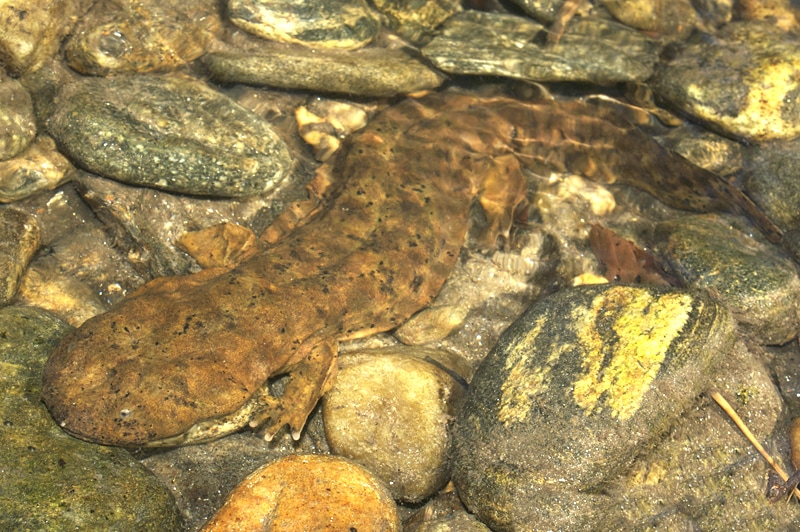
Bibliography
“Hellbender Salamander.” The Nature Conservancy
Howell, Catherine Herbert. Pocket Guide to the Reptiles & Amphibians of North America. National Geographic, 2015.
Luraas, Jessica. “Ozark Hellbender – Ozark National Scenic Riverways U.S.” National Park Service, 14 January 2020.
North Carolina Wildlife Resource Commission. “Eastern Hellbender.”
Parham, Georgia. “Hellbenders: Fantastic beasts | U.S. Fish & Wildlife Service.” U.S. Fish and Wildlife Service.
Zahl, Paul, and Jane J. Lee. “U.S. Giant Salamanders Slipping Away: Inside the Fight to Save the Hellbender.” National Geographic Society, 18 July 2022


